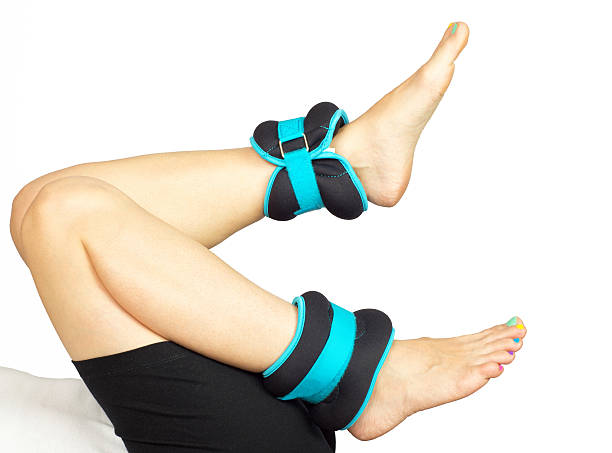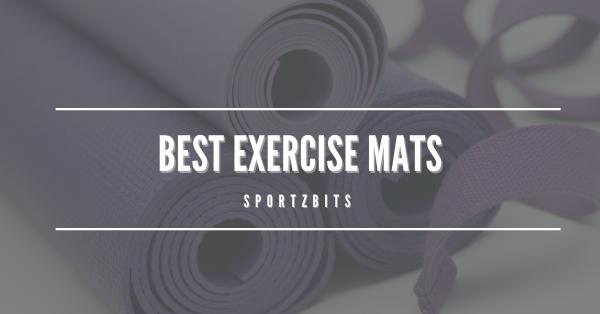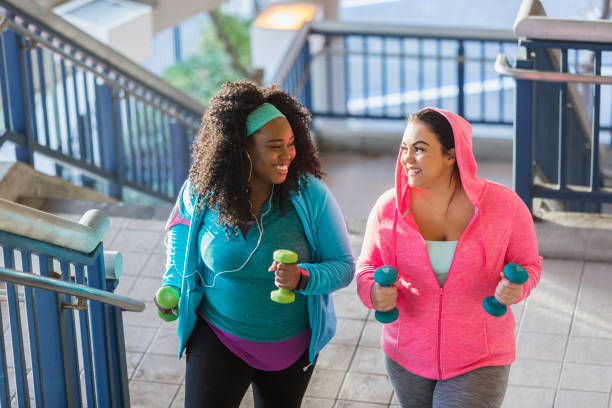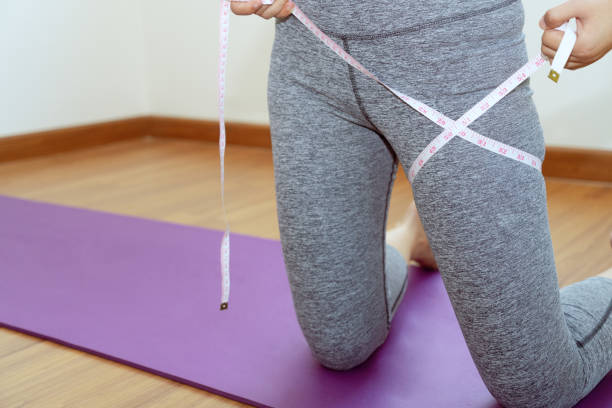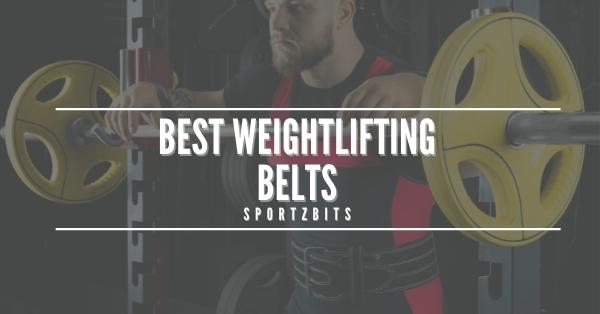The abs and core muscles are not the same! Your abs refer to a group of muscles situated just under your waist and along both sides of your spine. They have a unique function. They contract your abdominal muscles and stabilize them, allowing you to sustain a straight posture or lift a hefty item.
On the other hand, the core muscles are located throughout your body and are responsible for stabilizing your spine and helping you maintain balance. You can think of the core as the “middle” between your lower and upper body, while your abs are like the arms of that middle.

To put it simply, the top row is your abs muscles. The bottom row is the muscles of your core.
Your core muscles are the ones you use to stabilize and support your spine and help you maintain balance. They’re also the muscles that allow you to lift heavy things, hold them up for a long time, or even run fast.
The muscles of your core are also the muscles that are activated when you do sit-ups and crunches. So, why should they be included in a fat loss program? Well, because they’re more important than you realize.
Indeed, the abs are often used to focus on when someone is trying to lose fat, but the truth is that they’re much more than that. These muscles are part of a complex system of muscles in your body.
What is Your Core?
Muscles that Stabilize the Spine and Pelvis
We all know that the core is important, but what is it exactly? The core consists of muscles that stabilize the spine and pelvis.
When these muscles are weak or inactive, it can lead to chronic pain in these areas. Strengthening these muscles can help reduce pain and improve overall health.

The Muscles that Make up Your Core
Your core muscles work together to keep your balance, support your spine, and help you move. They include the abdominal muscles (or “abdominal wall”), the pelvic floor muscles, the back muscles, and the hip flexors.
The Importance of Your Core Muscles
As we age, our muscles become less responsive and less capable of performing the same tasks compared to when we’re younger.
Core muscles are particularly important because they help us maintain our balance and stay upright. We can reduce our risk of falls and other injuries by strengthening these muscles through core training.
How to Activate Your Core Muscles
If you want to activate your core muscles and see results, here are some tips:
- First, make sure you’re sitting or standing tall with your back straight.
- Second, engage your abdominal muscles by sucking in your stomach and holding it for 10 seconds.
- Third, lift one weight off the ground while keeping your back flat and your abs engaged.
- Fourth, squat down as low as possible without losing balance and hold the position for 30 seconds.
- Fifth, slowly rise back up to the starting position and repeat.
- Sixth, perform all of these exercises twice per day for best results.
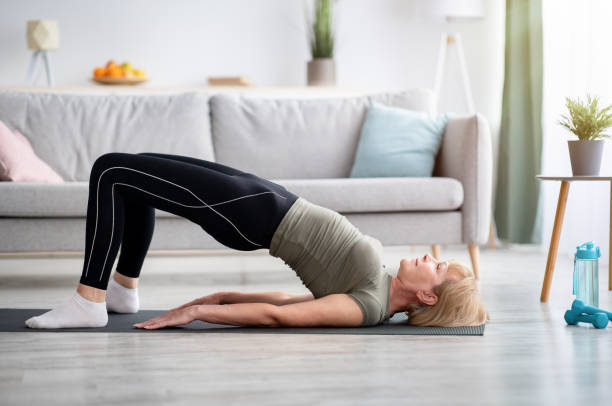
The Benefits of Core Training
A strong core can be achieved through core exercises and training. It helps improve your balance, posture, and overall fitness.
It can also reduce the risk of injuries in various sports. Overall, a strong core can be a great asset to your health.
- Better posture
- Increased strength and stability
- Reduced back pain
- Improved athletic performance
- Reduced risk of injuries
- A stronger core leads to a stronger body
Exercises to Strengthen Your Core
Your core is your foundation. The muscles and tissues hold you up when standing, sitting, or lying down. Strengthening your core can help reduce your risk of injury and improve your balance and mobility. Here are some core exercises for strengthening:
Plank
Start by placing both feet on the floor shoulder-width apart, arms at your sides. Push yourself up into a plank position, maintaining a strong spine and keeping your butt off the floor. Hold for 30 seconds to 1 minute.
Pike
Lie on your back with both legs bent so that your heels are resting on top of each other. Place hands behind your head with fingers pointing towards the sky, then lift your hips off the ground until you’re in a plank position (elbows and knees should be bent).
Boxing
Stand with feet shoulder-width apart. Punch the air while keeping your back straight and core tight. Punch the air, alternating between left and right, for 10 seconds.
Swimming
Start in the shallow end and roll over to the middle. Place your hands on the bottom of the pool, then pull yourself up until you’re in a plank position. 5. Yoga Legs are bent at 90 degrees, and the torso is stretched forward with hands touching the floor.

How to Maintain a Strong Core
The key to staying healthy and fit is maintaining a strong core. Here are some tips to help you achieve this:
- Make sure to do regular abdominal exercises. These will help strengthen your ab muscles and help keep your core stable.
- Drink plenty of water throughout the day. This will help keep your body hydrated and maintain a healthy weight.
- Eat balanced meals with plenty of protein and fiber. These nutrients will help keep your digestive system running smoothly and support strong muscle groups.
- Practice relaxation techniques regularly. Stress can put a lot of strain on your body, leading to poor health outcomes. Learning how to relax can help reduce stress levels and improve overall health.
- Try yoga or Pilates to improve flexibility.
What are Your Abs?
Muscles that Move the Spine and Pelvis
Your abs are your six-pack muscles. These muscles help move the spine and pelvis. They also play an important role in keeping your core strong. They develop over time, so the more you work with them, the stronger they become.
Exercises for Your Abs
Looking to tone up your abs? There are a few exercises you can do at home to help achieve that goal. Here are 6 of the best:
Pilates
Pilates is a form of exercise that has been around for many years. It is a type of physical therapy that focuses on the control of muscles and the alignment of joints. Pilates helps to improve your balance, flexibility, and strength.
Yoga
People of all ages, shapes, and sizes can benefit from yoga. Yoga is a form of exercise that helps improve your flexibility, balance, and strength. It also helps to reduce stress and tension in your body. It is an excellent workout, but it can also be used to improve your mood and concentration.
Crunches
Crunches are one of the most popular exercises for women. They’re simple and can be done anywhere, so they’re so popular. Crunches work all the muscles in your back and abdomen, including your internal and external obliques.
Reverse Crunches
People looking to tone their rectus abdominis or abdominal wall may want to try reverse crunches. This exercise can be done in various ways, but the basic premise is to lie down on your back with your hands placed behind your head and your feet flat on the ground.
You then lift your torso and legs off the ground using your abdominal muscles and hold for a second before returning to the start position.
V-ups
V-ups are an exercise where you perform a vertical push-up while squatting. This push-up variation allows you to use more muscle mass and provides greater stability and resistance than regular push-ups.
Bicycle Crunches
Bicycle crunches are a great way to work your abs. These exercises involve cycling up and down a staircase or an incline on your bike. They are effective because they work the abdominals and external obliques and can be done at home with little equipment.

The Key Difference between Your Abs and Core Muscles
When people think of the abdominal muscles, they usually think of those big, visible muscles you see on the front of a person’s body. However, many smaller muscles in the abdominal region are just as important.
The key difference between your abs and core muscles is that your abs are only responsible for contracting and pushing against your stomach wall while your core muscles support and stabilize your entire torso.
Your core muscles include your abdominal muscles and back muscles, pelvic floor muscles, and gluteus maximus (the biggest muscle in your butt).
When these groups work together correctly, they can help you maintain balance, stay upright when moving around, and support your spine when you’re sitting or standing.
How to Work Your Abs and Core Muscles
If you’re looking for a way to tone your stomach, hips, and obliques, working your abs and core muscles may be the solution. Here are some tips to help you get started:
- Start with a basic ab routine. Aim to do three sets of 10 reps each day, gradually increasing the difficulty as you become stronger.
- Use ab exercises that target your lower abdominal muscles, such as the psoas major and the rectus abdominis. Lie flat on your back with legs in the air and hands behind your head. Contract these muscles while pushing through your heels so that you lift your torso off the ground. Hold for two seconds, then return to position. Do three sets of 10 reps each day.
- Add an exercise that targets your obliques, the muscles at the side of your waist. Lie on your side with legs in the air and hands behind your head. Contract these muscles so that you lift your torso off the ground and hold for two seconds.

It is important to know the key difference between your core and abs muscles. Knowing how to properly work each muscle will help you achieve the desired results.
To achieve a strong, toned core, focus on exercises that work your entire core, including your abs, obliques, and lower back muscles. Remember to always use proper form and avoid over-exercising, leading to injury.
